








Digging your hands into fresh, rich soil as you transplant seedlings you started yourself is an exciting experi ence. “Some people say that gardening is back-breaking,” says Master Gardener Jane Hirling. “It does take stamina to achieve the results you are looking for, but it can also be an invigorating, stress relieving and a productive pastime. Whether you are working with vegeta bles, flowers, green
ery, or a combination, there is a distinct satisfaction in adding home-grown tomatoes to a salad or watching your grandchildren measure themselves next to a three-foot high sunflower.”

If gardening is your hobby or you want to expand your hor ticultural interests, it may be time to invest in a greenhouse. Hirling explains that a greenhouse allows individuals to gar den year-round and is especially benefi cial for maintaining

healthy propagations from seasonal plants. “With a greenhouse you have the climate controls for light, temperature, humidity and circulation that you can’t find inside your home, garage or outside,” she explains. “It is also a great place to store soil and tools.”
Building your own may be the best ways to ensure that you have the ap propriate style, size and automatic con trols for the type of plants you work with
(and may be a way to incorporate your spouse’s do-it-yourself hobby). According to the Louisiana State University Agricultural Center, a greenhouse can be as simple as a polyethylene-covered framework or a fully automated glass con servatory with prices ranging from under $200 to several thousand dollars.
Building your own greenhouse does not require a green thumb. It does take time, pa tience, space and a little research. Once you decide you are ready to take that next step in gardening, investigate the type of greenhouse that is most appropri ate for your region and contact city hall to de termine if you will need a construction permit. Check with your local agricultural associa tion, Master Garden er’s organization, or neighborhood garden supply company for additional information and don’t forget to use the Internet. A wide range of free resources are available including free hobby greenhouse construction plans.
The
the
If you’re the caregiver of a chronically ill loved one, research indicates your quality of life is worse than your partner’s. That’s no surprise to the millions of Americans who find themselves thrown into a role for which they were unprepared for. But there are things you can do to ease stress and make life more enjoyable for both you and your partner.
DON’T feel guilty for enjoying activities outside the home.
DON’T be afraid to ask your partner to give. Even if he/she can’t mow the lawn or wash dishes, they can still listen to your feelings.
DON’T put off discussing your sexual relationship. There are many ways to achieve intimacy.
DO take care of yourself. Get enough rest, eat healthy, nutritious foods and exercise.
DO seek support. Call social services or find support groups online or in the community.
DO share with others that you’ve become a caregiver. Men, especially, have a difficult time reaching out. But it’s not healthy to “go it alone.”
DO watch for signs of depression and burnout. Seek counseling if needed.
DO set aside regular “date times” when discussion about illness is off limits. Go to a restaurant or a movie, if possible.
DON’T forget to communicate. Chronic illness often creates an imbalance in the relationship. Talk openly about the challenges you both face.
DON’T put your head in the sand. Research your partner’s illness, talk with doctors and ask questions. Knowledge is power.
• Withdrawal from friends and family
• Loss of interest in activities previously enjoyed
• Feeling blue, irritable, hope less, and helpless
• Changes in appetite, weight, or both
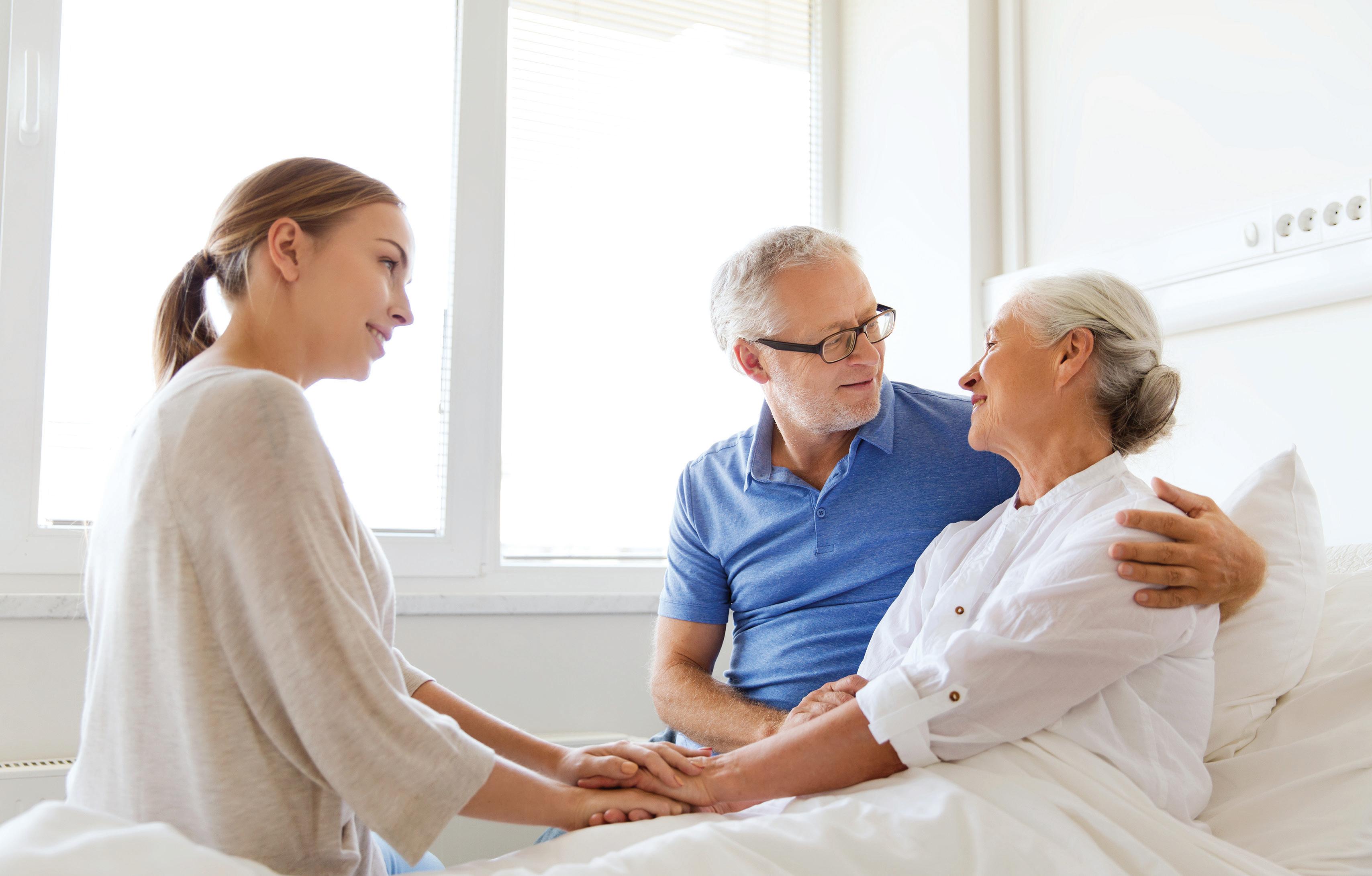
• Changes in sleep patterns
• Getting sick more often
• Feelings of wanting to hurt yourself or the person you are caring for
• Emotional and physical ex haustion
• Irritability
An ESA is a companion animal prescribed by a licensed mental health professional as part of a treatment program designed to bring com fort to and minimize the negative symptoms of an individual with mental or psychiatric disabilities.
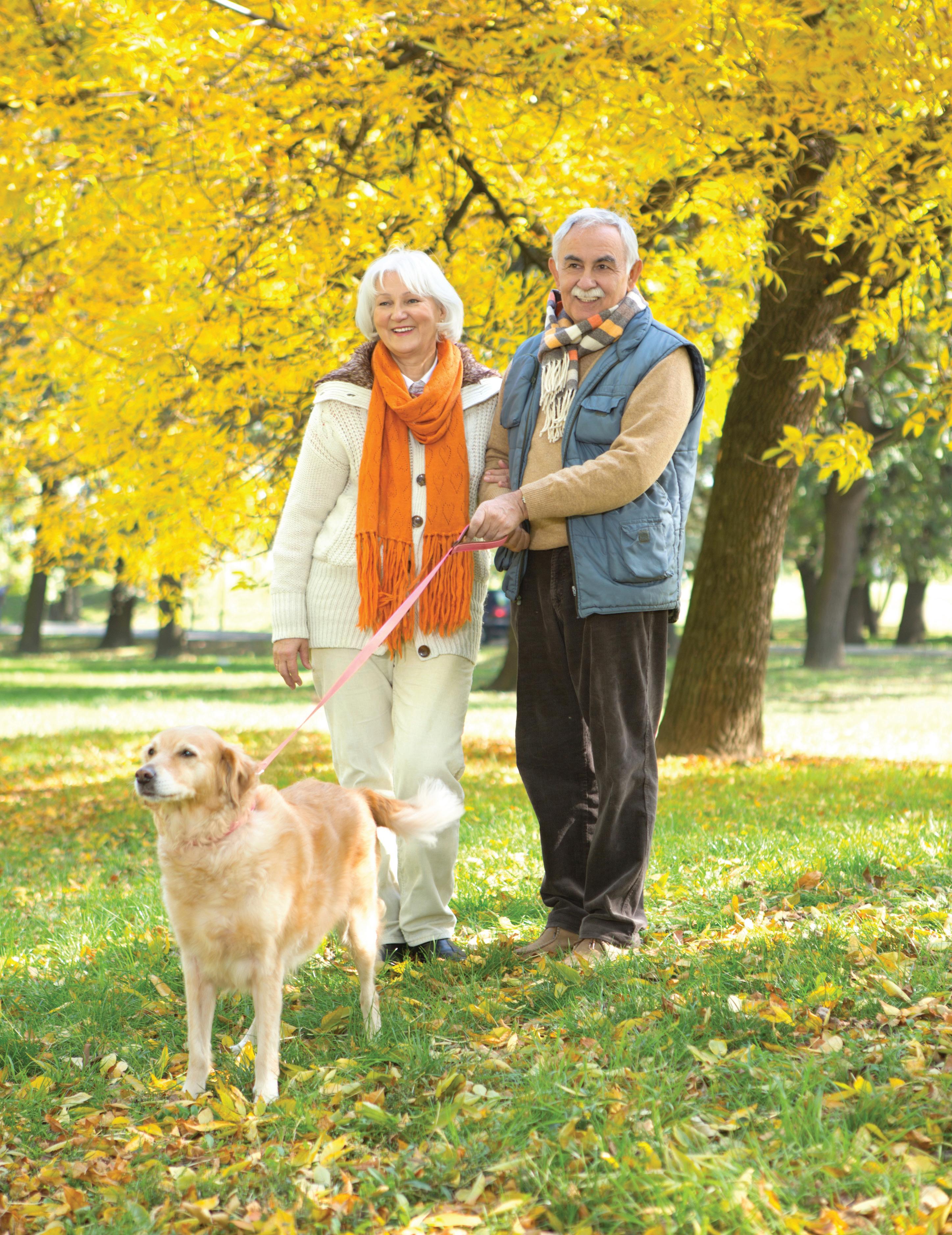
No, but it is highly recommended as it will greatly reduce any complications you could otherwise en counter with an unreg istered companion. To register your animal, visit www.nsarco.com/ emotional-supportanimal.html.
There are laws for housing (Fair Housing Act) and air travel (Air Carrier Access Act) that enable the disabled to be accompanied by an ESA.
Any domesticated animal (dogs, cats, birds, rodents, teacup pigs, ferrets, rabbits, reptiles, etc.) can serve as an ESA at any age. No special training is needed but they must be manageable in public settings.
Fight arthritis pain with this functional stabilizing exercise.
When you are tired, your joints ache, and you feel discour aged from arthritis, an exercise regi men may be the last thing on your mind. Howev er, the American Arthritis Founda tion claims those who suffer from arthritis desperate ly need exercise “to ease pain and improve energy level.”
The training ex ercise is both safe and effective for managing symp toms of arthritis.
1. Holding a dumbbell in each hand with arms at sides, stand upright with shoulders back and lifted.
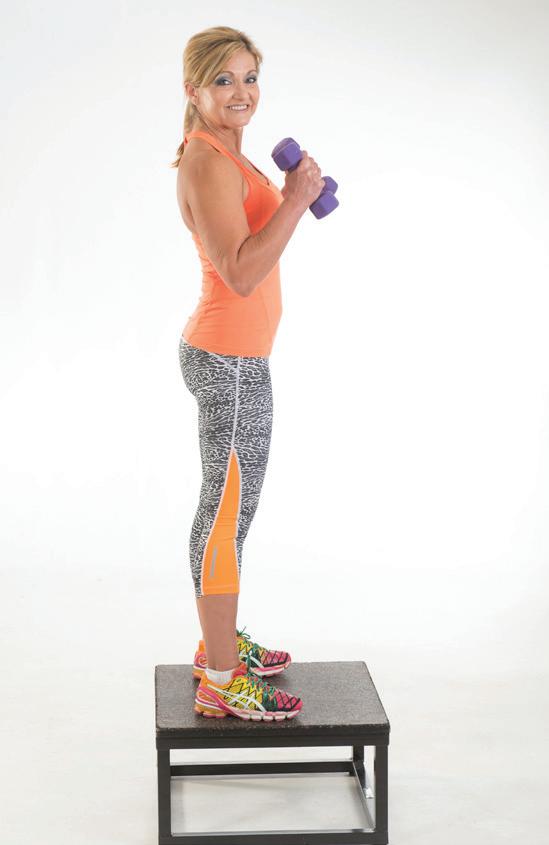
2. Step up onto stability box or a step. Securely plant both feet on top of the box.
3. Keep elbows anchored to ribs and curl the right dumbbell to chest. Alter nate right then left.
4. Carefully, Step backward onto the floor and repeat the exercise move ments
* Alternate floor option:
If you do not have access to a step or stability box or feel unbalanced, stand with both feet on the floor and lift one knee and then the other waist high.
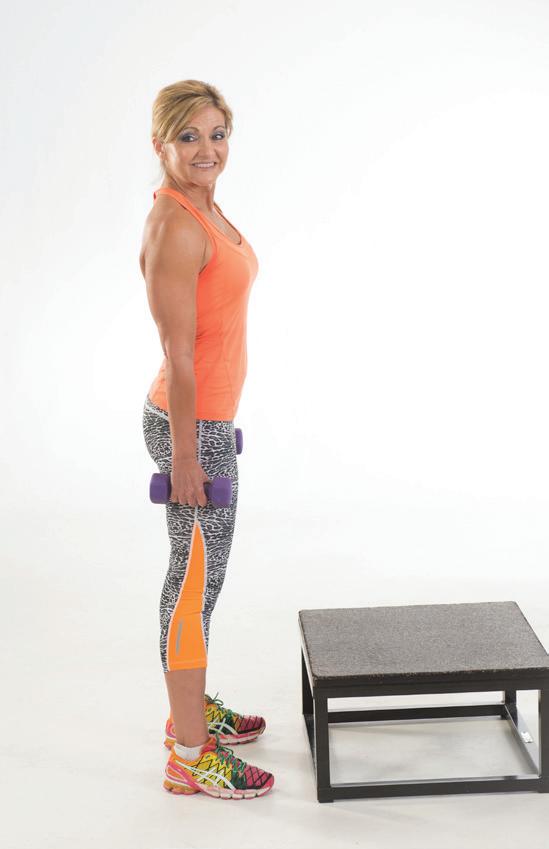

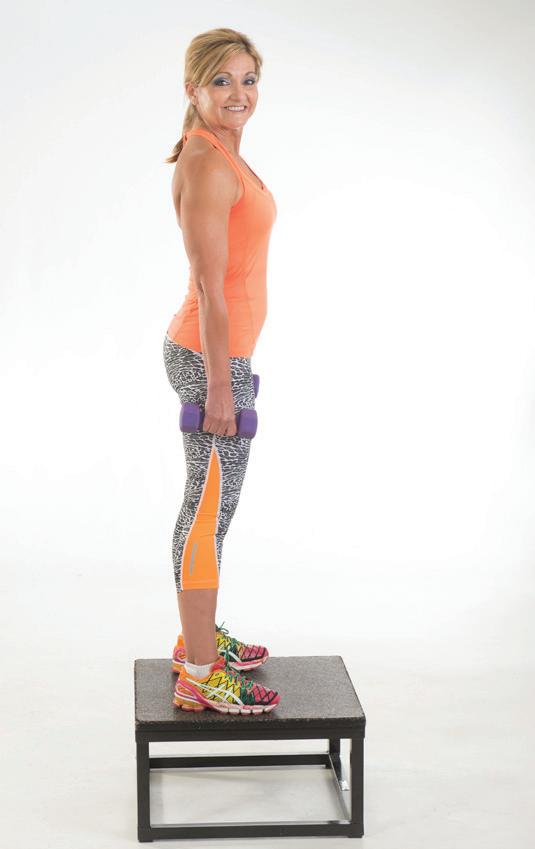
INGREDIENTS
• 1 (16 oz.) can pumpkin (2 c.)
• 1 c. Swerve sweetener
• 1 tsp. ground ginger
• 1 tsp. cinnamon
• 1/2 tsp. nutmeg
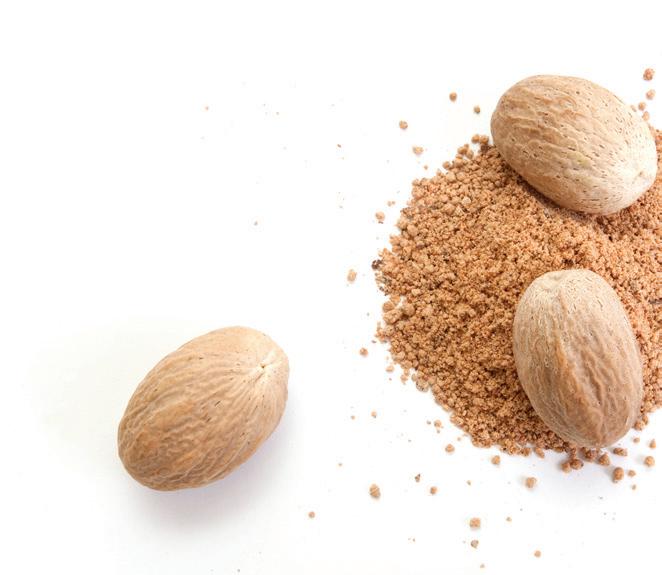
• 1/2 gallon vanilla frozen yogurt, softened
• 36 gingersnap cookies
DIRECTIONS
1. Combine first 5 ingredients and 1 tea spoon salt in a bowl. In a separate bowl fold pumpkin mixture into frozen yogurt.
2. Cover bottom of 13"x9"x2" pan with 1/2 the cookies, top with 1/2 pumpkin mixture. Repeat layers. Freeze until firm, about 6 hours.
3. Cut into squares.

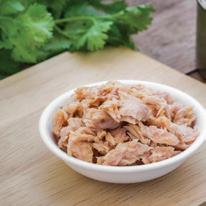
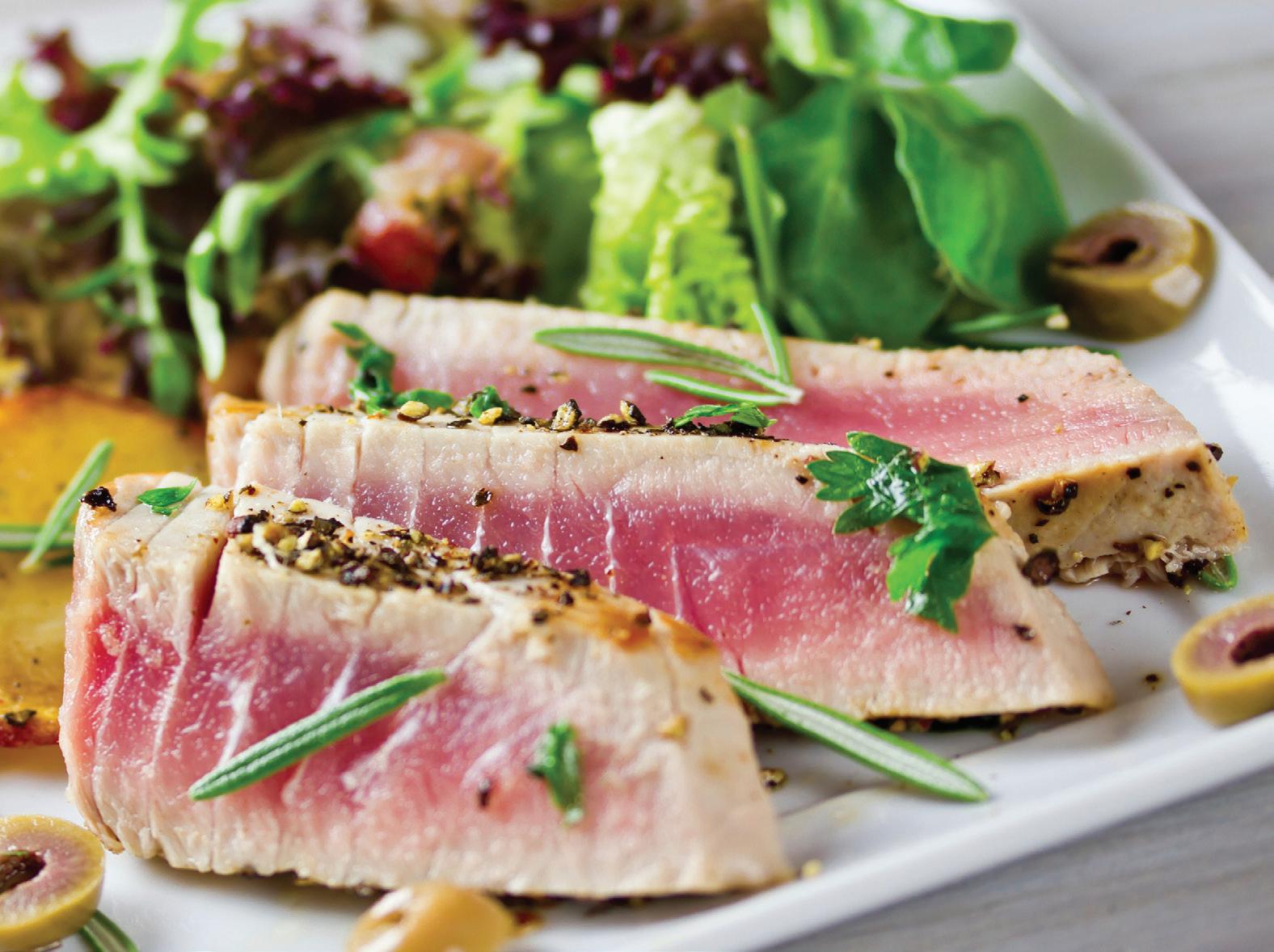 By Tami Charbonnet
By Tami Charbonnet
protein is essen tial for building and maintaining both muscle and bone. Without enough protein, your body struggles to maintain its immune system and muscles. It is also important for strength and function. A deficiency in protein increases risk of in fections, pressure sores, falls, broken bones and weakness. How much protein is enough?
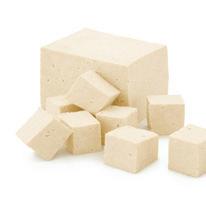

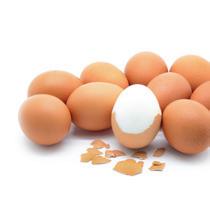

According to a recent study by Harvard Health Publications, “Current guidelines for adults of any age recommend 0.8 grams of lean protein per kilo gram of body weight. Multi ply your weight in pounds by 0.36.”
lean protein at each meal, For example, senior women need 45grams of pro tein daily and senior men need 60 grams.


BREAKFAST: Cook hot breakfast cereal with low fat milk or soy milk instead of water (+8 grams of protein)

LUNCH: Add ½ cup beans to your soup or salad (+6 grams)

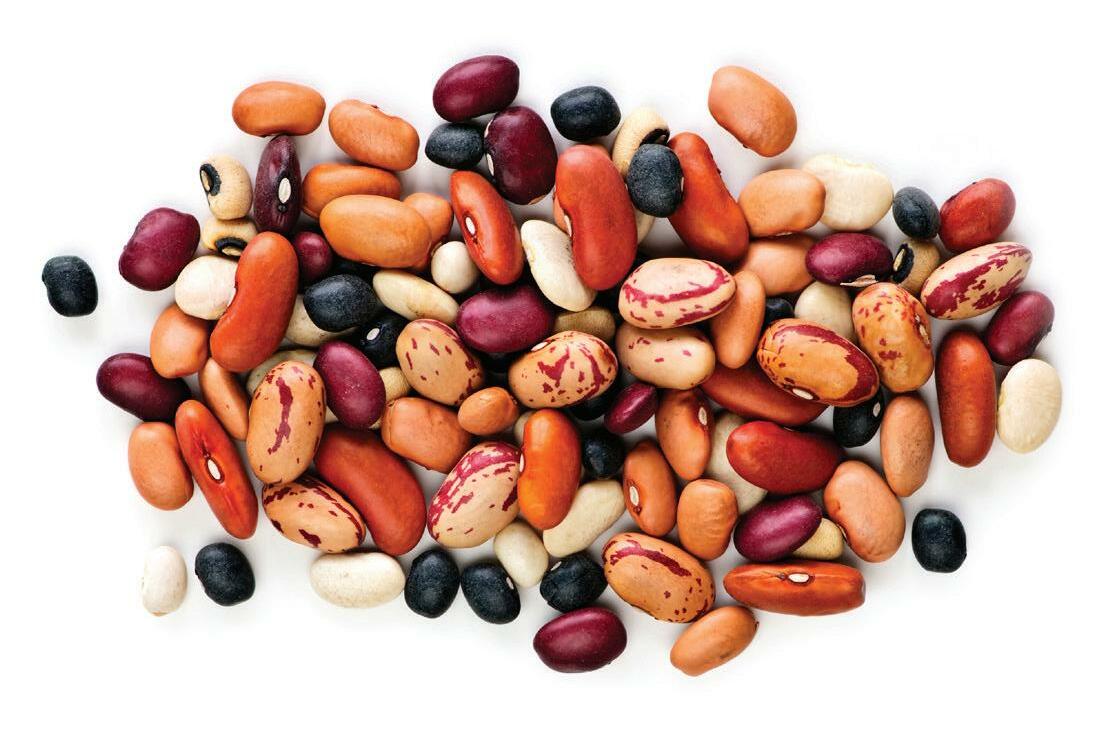
DINNER: Finish the protein on your plate before start ing on the fruits, vegeta bles, starches and dessert.
SNACK: Add ¼ cup of non fat dry milk powder to your pudding or smoothie (+8 grams)
much of anything is not a good thing. Seek advice from your doctor about your protein needs.
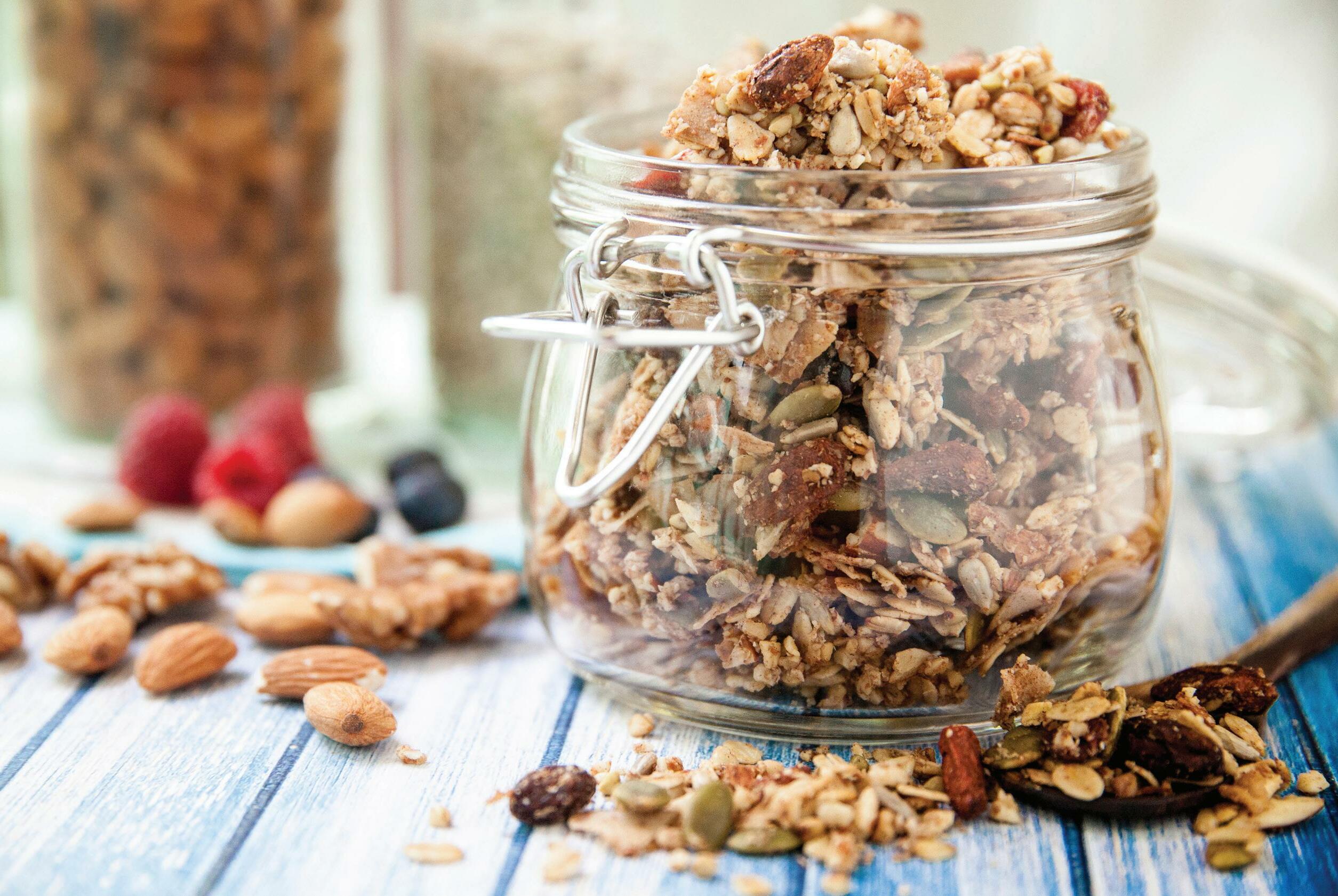 By Tami Charbonnet
By Tami Charbonnet
• 1 tablespoon pumpkin pie
• 3 1/2 cups rolled oats
• 1/2 cup sliced almonds
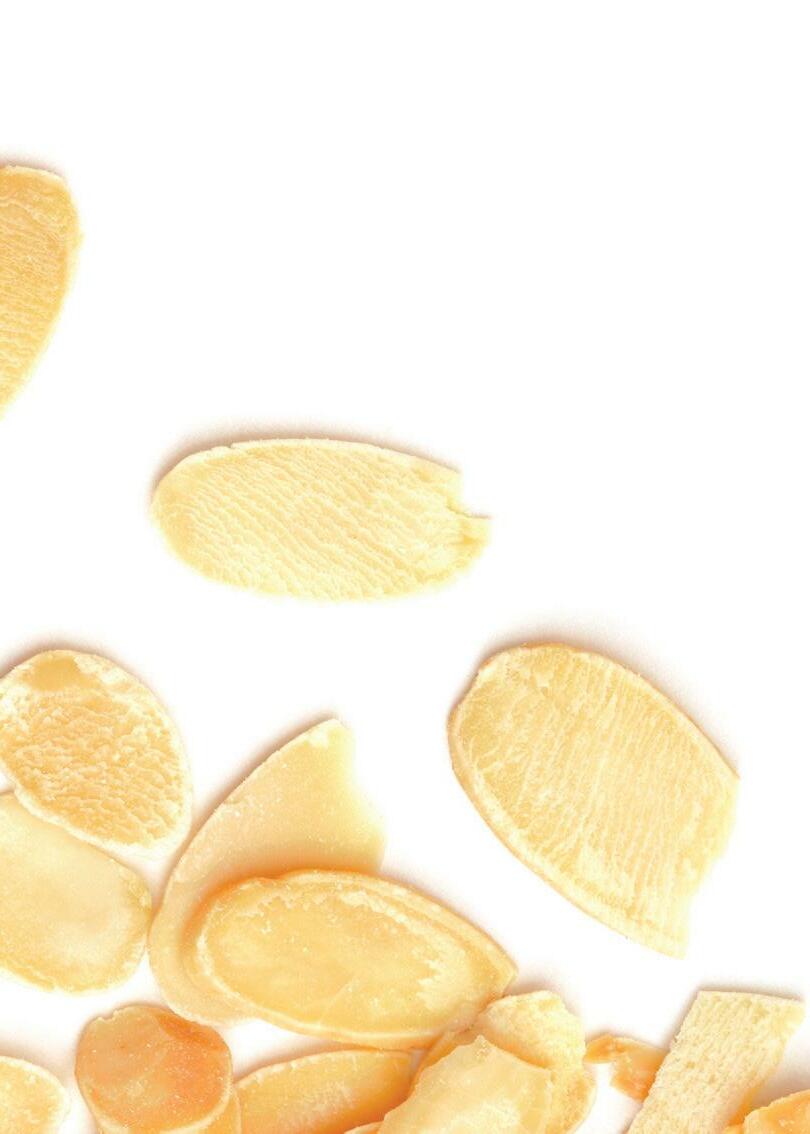
• 1/2 cup chopped nuts of choice

• 2/3 cup applesauce
• 1/2 cup raw honey
• 1 tablespoon natural vanilla

• 1/2 cup dried cranberries, dried peaches, apricots or whatever your pleasure....
❶ • Preheat an oven to 300 degrees. Coat a few baking sheets with coconut oil.
• Combine pumpkin pie spice, rolled oats, and nuts, in a large bowl. Mix the applesauce, honey, and vanilla in a separate large bowl.
• Stir the oat mixture into the applesauce mixture, until clustered. Spread granola mixture onto baking sheets.
• Bake in preheated oven, until lightly browned and crispy, about 1 hour.
• Remove from oven; cool to room temperature. Stir in dried fruit.
This is a great recipe for both festive and healthy gift baggies. Enjoy.
Then:
Take two aspirin and call me in the morning. Now:
Call me anytime and I will let you know what to do. Consulting a physician is easier, quicker and more efficient than ever with the growing utilization of telemedicine, blending the comfort of an old-fashioned house call with 24/7 advanced technology. A two-way communication method between patient and healthcare professional, telemedicine takes place by way of telephone, smartphone, the Internet, and video systems. Patients can Skype or Facetime with physicians and therapists, for example, for in-depth discussion, diagnosis and treatment options.
Yes,there are telemedicine apps. And even better, health insurance plans are providing telemedicine reimbursements.
Introduced by hospitals more than 40 years ago to extend care to heart patients in rural areas, telemedicine recently expanded with technology advances and the demand for com
prehensive, accessible quality care from any location at anytime of the day or night.
If you wake up in the middle of the night with uncontrollable vomiting; if you recognize symptoms setting in; if you are out of town and feel like you have the flu, telemedicine alleviates the stress of finding a doctor or wait ing until the next day to find relief. Families living in rural communities or those who have difficulty with transportation are finding the service particularly beneficial. According to the American Association of Retired Persons Mississippi, telemedicine is making a differ ence in a state with a high physician shortage rate. Telemedicine is not only improving access to care for patients and caregiv ers, but also facilitating follow up and monitoring care.
To utilize a telemedicine sys tem, the first thing you need to do is register, providing medical history for yourself and others in your family.
You can do this online or by phone with the assis tance of a service represen tative at your local hospital,

physician’s office or national program, such as TeladocTM. Setting up an account in antic ipation of need, rather than waiting until you are under the weather, will not only save you time, but also make you feel more comfortable with the communication process.
When you need to talk to a doctor, pick up your phone and open the telemedicine app. Most systems will offer immediate access to a physician or therapist, although you may request an “over the phone” appointment time. Once you are connected, your online doctor will listen, ask questions and diagnose the situation, prescribing medication if necessary and advising you on follow-up procedures.
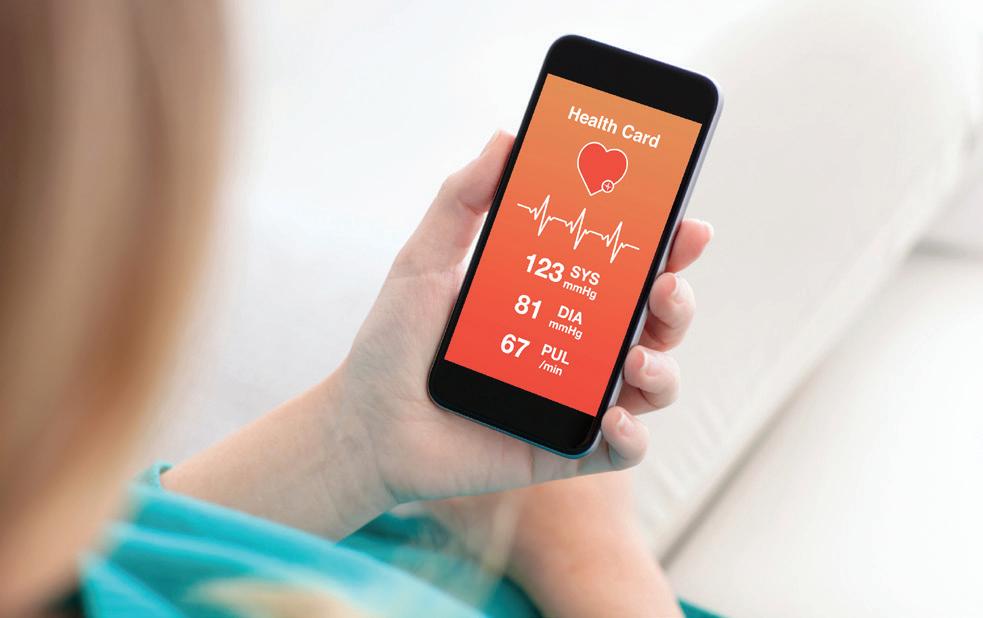
Prescriptions are delivered electronically to a pharmacy of your choice.
Picking up that prescription is not as easy as the diagnosing process, however. Modern technology has yet to find a replacement for the drugstore delivery boy and his bicycle.
Most systems will offer an immediate access to a physician or therapist, although you may request an “over the phone” appointment time.
For additional information on telemedicine, contact your area hospital or family doctor and request information on coverage from your healthcare insurance carrier.
Twisting and shouting! Remember those days when you danced the night away or tried out the latest moves with friends after school? What was good fun then is also a great way to burn calories, keep in shape and eliminate stress.
What’s keeping you off the dance floor these days? Don’t be shy, intimidated or worried about what your kids will say. Get up and dance for your physical and mental health. Group dance classes like Zumba Gold®, Aqua Zum ba®, Les Mills Body Jam™, Samba, Waltz and traditional Ballroom Dance allow active older adults to enjoy the social side of group fitness and benefit from physical movement.
Instructors of Zumba Gold provide “invigo rating community-oriented dance-fitness classes
which provide modified, low impact moves and easy to follow pacing for older adults who love a healthy active lifestyle,” according to aging care.com
If you are married or in a committed relation ship, dance is a healthy activity to share with your partner; and if you are single, it is a great way to meet new friends. Additionally, you will learn a few new steps and styles creating a fantastic opportunity to use both your mind and body.
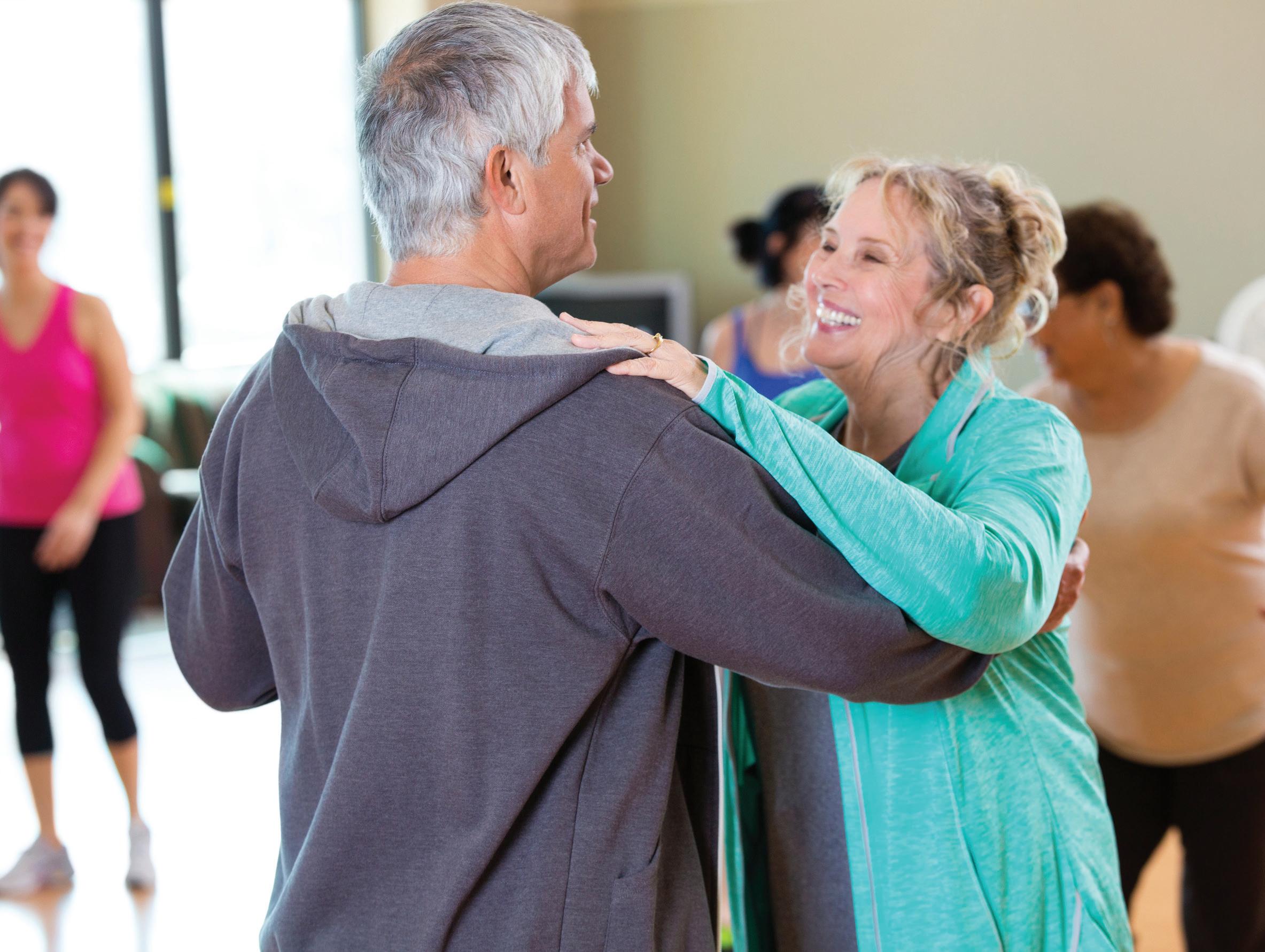
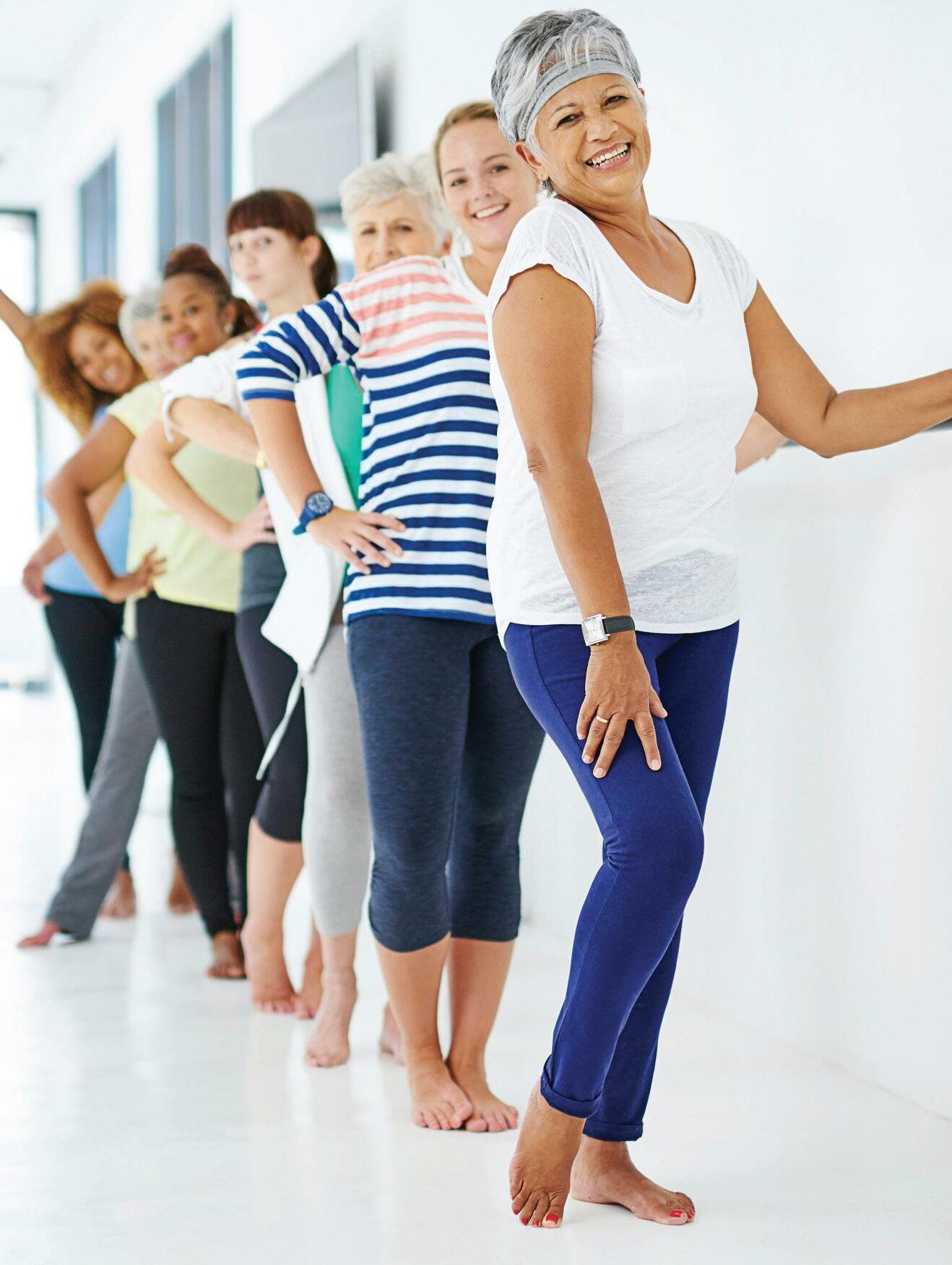
Men and women with mood disorders who participated in a two-week tango instruction program in Australia felt less depressed, and experienced significant reductions in their lev els of anxiety, stress and insomnia.
Research indicates that several weeks of salsa dancing makes a significant impact on an older adult’s strength and balance. Salsa dancing is not only fun, but also safe and easy to learn.
According to a Saint Louis University study, dancing eases hip and knee pain, helping older adults move better. Jean Krampe, Ph. D., assistant professor of nursing and coordinator of the study states, “after dancing over several months, the participants in the study reported less pain and were able to walk faster.” The findings are significant because older adults who walk too slowly are more likely to fall, be come hospitalized or require care from others, Krampe said. "Walking just a little more rapidly can make enough of a difference for a person to get across the street more quickly or get to the bathroom faster, which keeps them func tional and independent. In our study, those who danced didn't walk dramatically faster, but they had a meaningful change in walking speed."
According to a study reported in Circulation, those with stable chronic heart failure may experience the same aerobic health advantages from waltz lessons and waltzing as they would from other forms of cardiovascular activity such as biking or walking.
A 21-year study led by the Albert Einstein College of Medicine indicates that aging adults who danced regularly had a 76 percent reduced risk for developing dementia. Experts suspect that dancing is beneficial because it combines cardiovascular exercise with split-second decision-making that taxes the neural network, forcing it to create pathways. Dancing is fa vored over other leisure activities when com pared to golfing, doing crosswords or reading, for example.
Don’t stop dancing if you have Parkinson’s disease, dementia, cancer, arthritis, asthma, or heart disease. Research shows that dance therapy is beneficial with an extremely low potential for risk.
Be sure to check with your doctor before beginning any vigorous dance programs if you have health issues or health concerns.
Source: AgingCare.com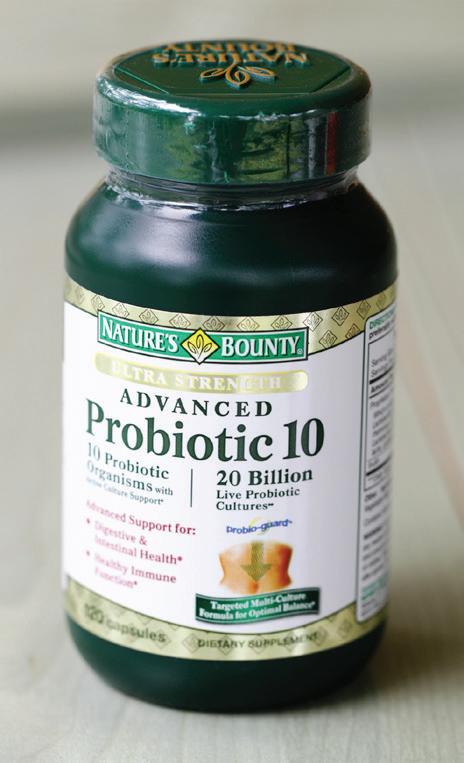
are living organisms, mainly bacteria found in the intestines. These “good” bacteria play an essential role in the breakdown of food in the intestines. Probiot ics come directly from the food you choose to eat.
Digestive enzymes are proteins produced by your body. The majority of enzymes in the human body are made in the pan creas and the small intestine. The sub stance your body uses to create digestive enzymes comes from the food you con sume. The difference between digestive en zymes and probiotics and how they func tion in the digestive process is important to understand.
Digestive enzymes release macronutrients

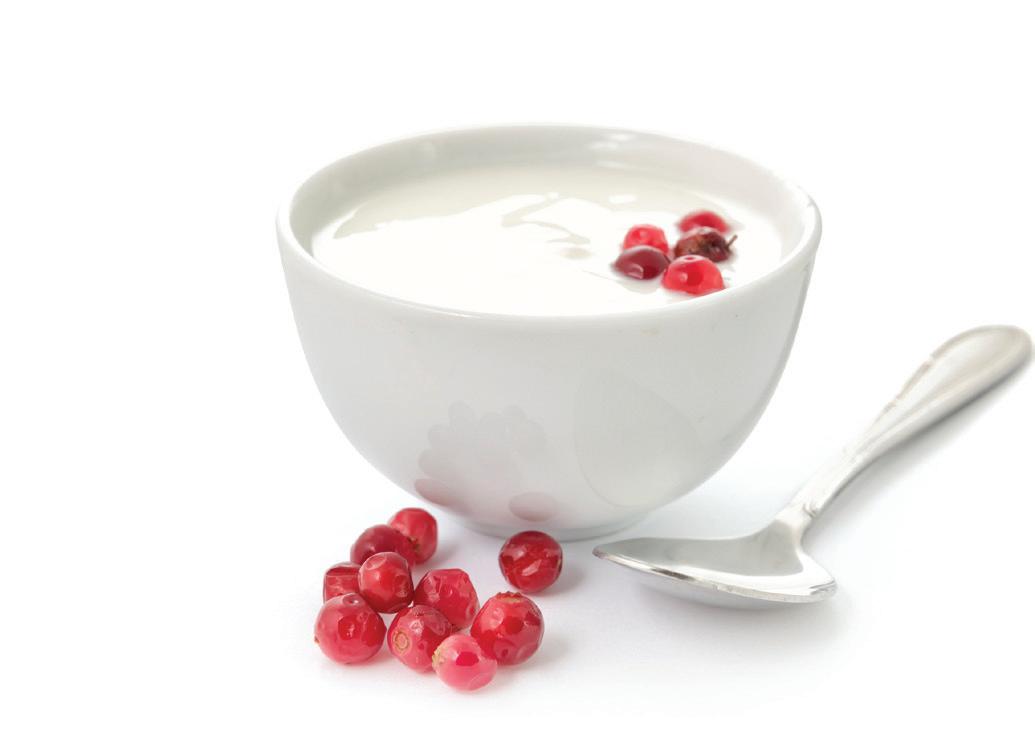
– proteins, carbohy drates, and fats. The modern diet is miss ing these important nutrients. Because of heavy processing, most packaged foods lack active enzymes. The result is that our bodies have to work harder than ever to break down and use the foods we eat for fuel. Adding digestive enzymes as a supple ment to your nutri tional plan is essential because heat destroys
enzymes. Therefore, by cooking the food you eat, digestive enzymes are dena tured or eliminated. If enzymes are de stroyed by cooking, it is important to have a nutrient dense nutri tional plan to ensure your body is receiv ing all the nutrients it needs for the process es it must perform.
If you aren't able to get enough from what you are eating, speak to your doctor. Researchers at Body Ecology state:
"While it's possible to take a limited number of digestive enzymes to enhance digestion -- though it's rarely, if ever, necessary -- most digestive enzymes don't work as supplements. That's because enzymes are proteins, and if they're not meant to operate in the stomach, the stomach simply digests them like any other nutritional protein."
Gas, bloating, nausea, heartburn, digestive issues, abdominal pain, mood swings, and even brain fog.
As we age, so does our bank account. Retirement incomes often require some financial belt tightening, but you don’t have to sacrifice your quality of life. Most people are aware of senior discounts, but did you know there are plenty of free goods and services for the over 55 crowd?
Many seniors need assistance to help with basic needs, and there are volunteer caregiver programs that offer free services. Check out www.elderhelpers.org.
Whether it’s figuring out your government disability benefits, debt or issues handling your finances, you can find free legal help at www.lawhelp.com. This website shows you how to get assistance in your location.

If you need dentures and are considered a low income senior, you may be able to get them free. Contact your state’s Office for the Aging.
In some states, Medicare will cover the cost of hearing aids. Other agencies that can help you get new or reconditioned hearing aids include the March of Dimes, Rotary clubs, Kiwanis clubs and Lions Clubs International. Also, many hospitals donate gently used
hearing aids. If you’re a vet and lost at least 50% of your hearing related to your service, the U.S. Veterans Administration can help you get free hearing aids.
If you’re 60 or older, Tax Counseling for the Elderly, or TCE, offers IRS-certified volun teers to help you with your taxes.
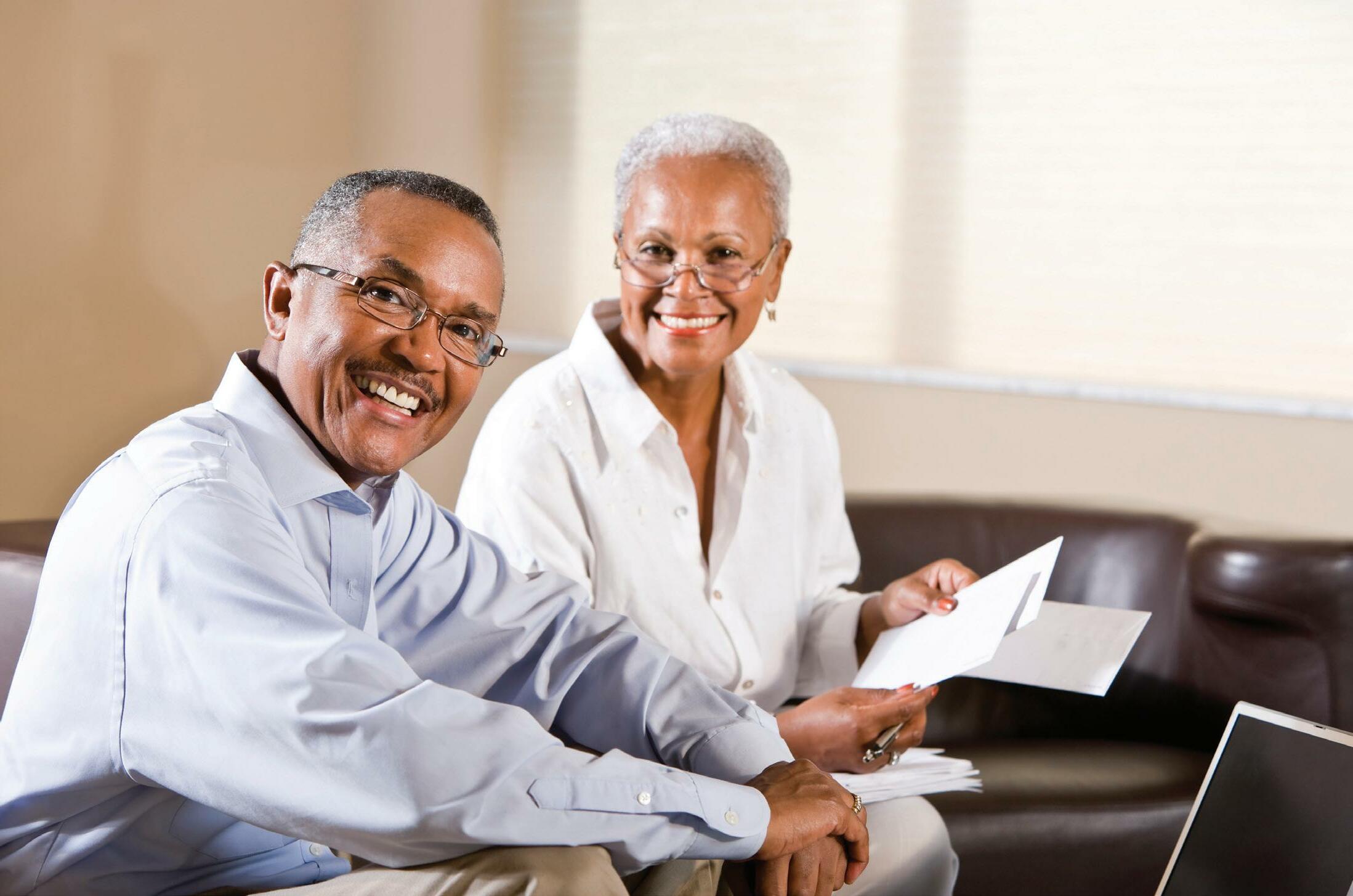
You’re never too old to learn! At least 20 states offer tuition waivers or discounts for seniors. And these aren’t small community colleges, either. Both UCLA and Florida are on the list.
If you’re a low-income senior, you can find free or subsidized meals through the federal govern ment’s Commodity Supplemental Food Program, or CSFP. Meals on Wheels is another program that offers free or discounted meals.
Low income seniors can get financial assistance with ener gy home repairs, energy crisis assistance, and more. Go to www.liheap.org.
It’s good to know that being a senior comes with perks. Grab yours while they’re still free!
Remember when you could start a conversation with the grandparent generation by asking, “how many grandchildren do you have?” That’s not the question these days. Breaking the ice in the 21st century usually starts with “how far away do your grandchildren live?”
As the world gets smaller and opportunities attract the younger generation to global careers, grandchildren are living further and further away. How frustrating not to be able to enjoy those first steps, first words and follow athletic endeavors up close in person. Thanks to old-fashioned pen and paper and modern technology however, you can
maintain quality longdistance relationships, which create life-long memories for you and your grandchildren.
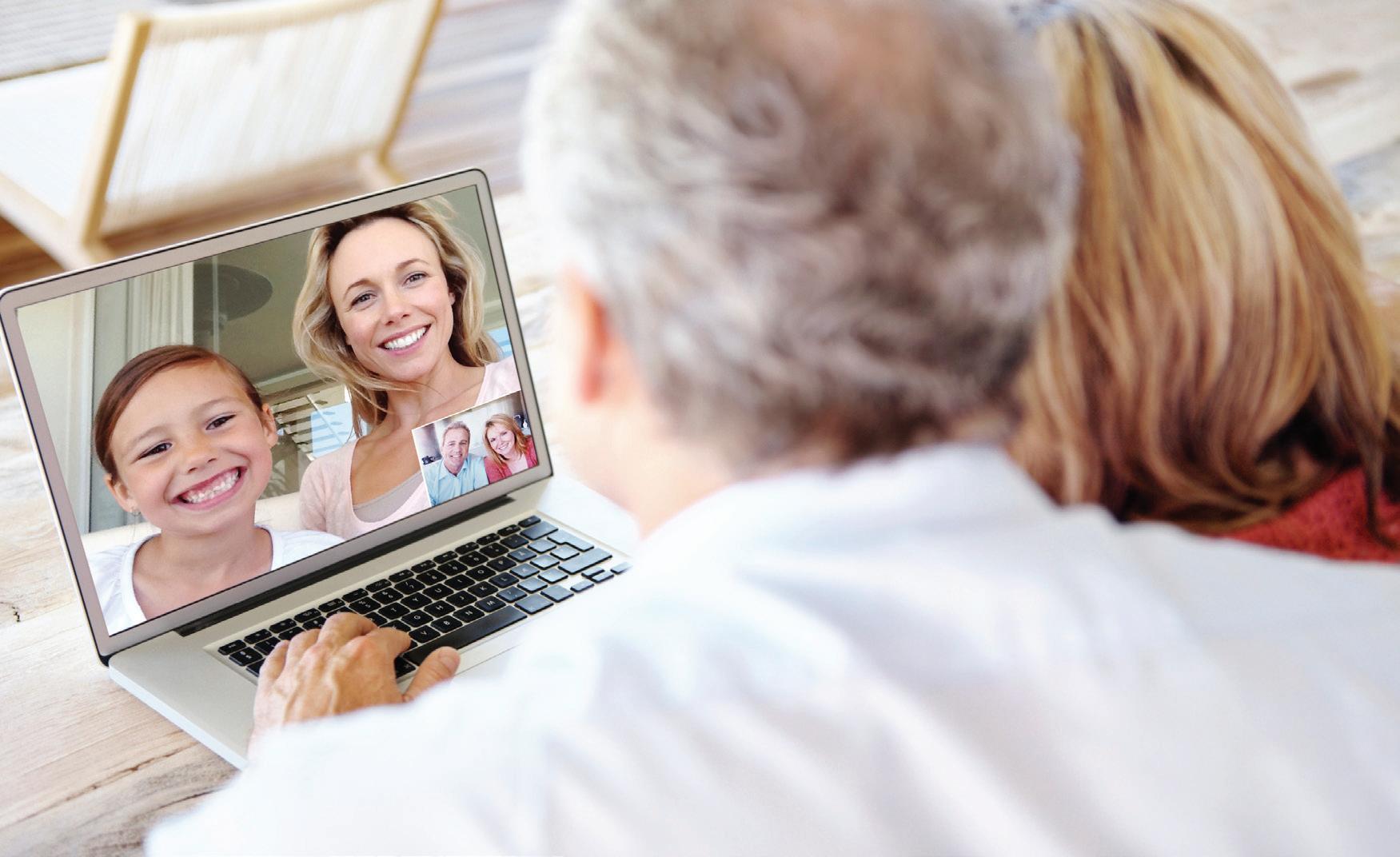
Handwritten notes may seem like Neanderthal communication to your grandchildren, and probably your children as well, but is there anything better than receiving a card, a letter, or a funny postcard in the mail? Keep your messages simple and entertaining, send an interactive, recordable greeting card, use contemporary commemorative postage, or go over the top and send your grandchild a glitter
bomb for a special achievement. You may receive a handwritten response.
For pre-school and young grandchildren, record one of your favorite or their favorite children’s books. You can use a recording app on your smartphone and e-mail the recording. You can also read stories together via Skype or Facetime. (several help books and on-line tutorials will walk you through these communication tools.)
Texting, Skyping, Facetime, Instagram, and regular phone calls are easy and affordable.
If you want to share your family
You may not be around when your grandchild delivers her first child, for example, but she will understand how much you thought about her.
history, memories, and special thoughts, start a scrapbook, journal, or perhaps a blog and update it on a regular basis. Design your own method or purchase one of the numerous pre-designed books with prompts such as “Letters to My Grandchild.”
One trend that is gaining popularity among grandparents is setting up an email account for your grandchild to read when he or she reaches a specific age or life achievement. Send email messages to that account on a weekly or monthly basis, or on special occasions or in anticipation of special events. You may not be around when your grandchild delivers her first child, for example, but she will understand how much you thought about her.
Use your imagination and start communicating as you shorten the distance between you and your grandchildren. Meanwhile, keep your fingers crossed that they will move back “home.”
Branson, Missouri is known for its senior-friendly attractions, stunning scenery and many theaters. In fact, Branson is nicknamed the “Live Music Show Capital of the World.” And it’s quickly becoming a top vacation destination for the over 50 crowd.

 By Cindy Lobert
By Cindy Lobert
ADLODGING. Many of Branson’s hotel and resorts feature breathtaking mountain vistas. From cabins nestled into hillsides to top-notch resorts and spas, Branson has accommodations to please just about everyone. Many hotels and resorts also offer shuttle service to shows, shopping and activities.
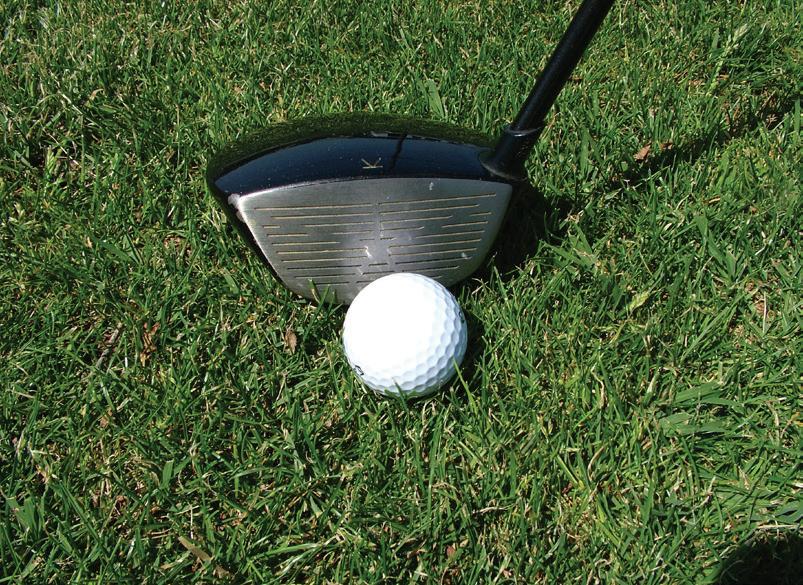
Niklaus, Palmer, Payne Stewart — just a few of the names attached to Branson’s many golf courses. Branson caters to every level of play, including miniature golf. If golf isn’t your thing, excellent fishing, boating, biking, hiking, horseback riding, canoeing and kayaking are just some of the outdoor options you’ll find in Branson.
While live shows are its main claim to fame, Branson offers a wide variety of other options, including renowned golf courses, museums, boating and water sports on Table Lake and shopping — all with panoramic views of the Ozark Mountains.


SHOWS. Branson boasts over 100 live shows at any given time, giving visitors plenty of concert options. An always-changing lineup of country singers, classic rock, comedy acts, jamborees, magicians, acrobats and more border the lively 76 Country Boulevard.

For more information about a Branson vacation, visit www.explorebranson. com and http://www. seniorcitizenjournal.com/ travel-articles/seniorslove-to-visit-branson.
Thrill seekers should be sure to check out Silver Dollar City, an award-winning 1880’s-style theme park. For more laidback entertainment, hop aboard the Show boat Branson Belle for a memorable dinner cruise. Museums in clude the Titanic Mu seum, Branson Auto and Farm Museum, the World’s Largest Toy Museum, the Hollywood Wax Museum and dozens more.
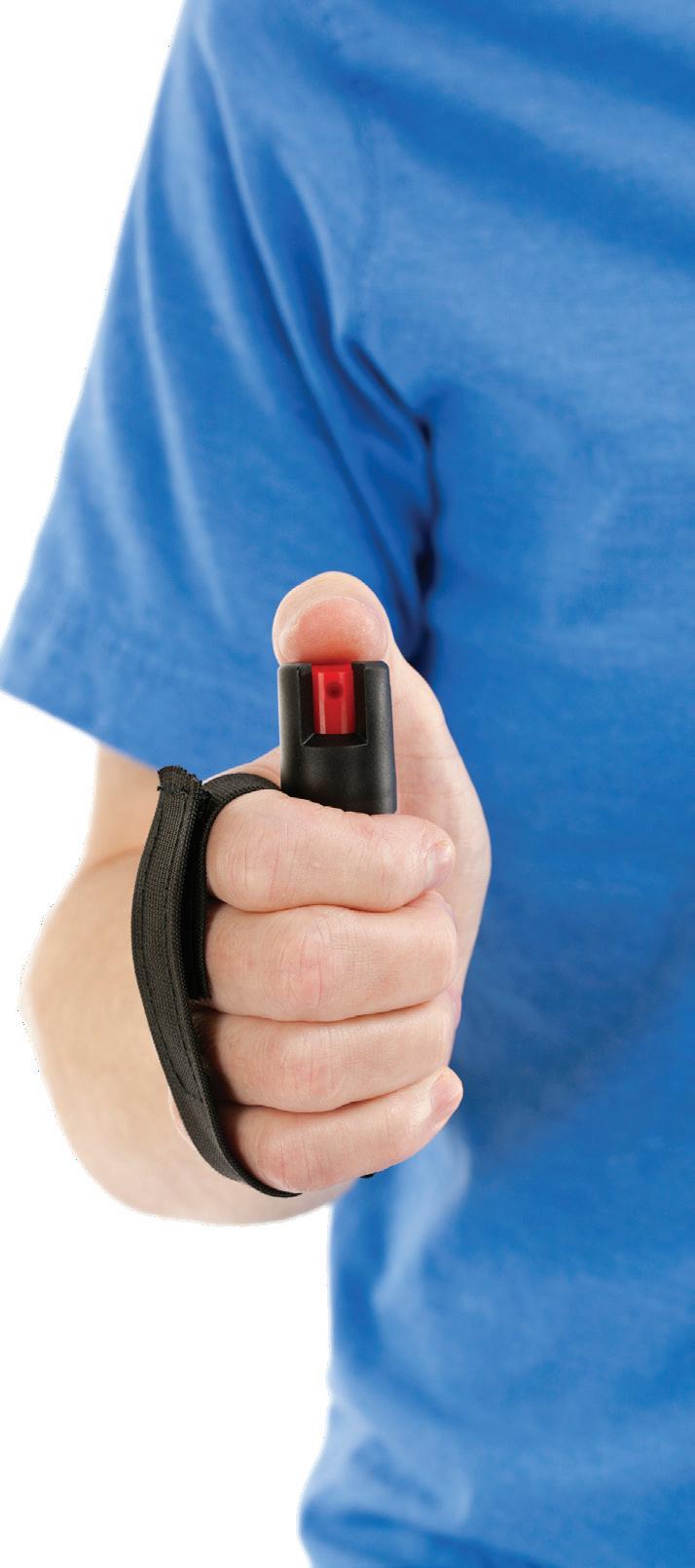 Greg Fox
Greg Fox
Pepper spray is an efficient self-defense companion for single women, the elderly, the threatened or anyone who is exposed and vulnerable. It is a compound made from Oleoresin of Capsicum (OC), an active element of chili peppers. When combined with water and pressurized, the mixture can be sprayed directly on a threatening target.

It is very effective, providing defense in menacing situations from distances up to 15 feet. Acting immediately, the spray causes an intense burning feeling in the assailant. When sprayed in the face, eyes close and
breathing is impaired. The attacker becomes disoriented and loses coordination. The effects are debilitating but not lethal and wear off after 2-3 hours.
Pepper spray comes in convenient containers that can easily be carried in a purse or attached to a keychain. It is legal in all states, although there may be restrictions on the containers’ size and the product’s strength.
Keep your pepper spray canister close at hand when you’re in menac ing situations. It will do you no good if it’s buried at the bottom of your purse.
Be sure the canister has enough shots to protect you. Running out of spray in the midst of a confrontation would be unfortunate.
• Hold Tight
Keep a secure grip on the canister. Hold it with your fingers wrapped around the barrel and use your thumb to activate the trigger.
• Aim for the Face Pepper spray causes the greatest incapacitating effects on the eyes and lungs.
• Rehearse Practice retrieving, holding, aiming and spraying before you’re in danger. The more preparation you have, the more automatic will be your response in threatening situations.
Pepper spray is produced in varying strengths and container sizes.
Some women never have symptoms. Others feel vaguely out of sorts, maybe a little bloated or constipated.
Julie L. was one of the lucky ones.
At 69, she had gone through menopause years ago. But for several months, she had been spotting. Two ultrasounds revealed nothing but a slightly enlarged ovary; she was diagnosed with vaginal dryness, given some cream and sent on her way. Yet the bleeding continued.
Unconvinced, Julie went to a different doctor who discovered that her “slightly enlarged ovary” was ovarian cancer.
This year, one out of 60 women will be diagnosed with ovarian cancer. Among U.S. women, it’s the eighth most common cancer and the fifth leading cause
of cancer death. In its early stages, ovarian cancer is often asymptomatic. It isn’t until the disease progresses that many women experience signs that something isn’t quite right.
Ovarian cancer is found in the tissues of the ovary. These tumors are more often benign (not cancerous), but some are malignant (cancerous). Left unchecked, ovarian cancer can spread (metastasize) to other areas of the body.
If you are a woman over 60 with a family history of breast or ovarian cancer you are at high risk. Mutations of the
BRCA1 or the BRCA2 genes also increase a woman's odds for developing ovarian cancer.

Bloating
Pelvic or
pain
eating or
full quickly
feeling like
have
go often)
go)
cancer.org)
In its early stages, ovarian cancer is often asymptomatic. It isn’t until the disease progresses that many women experience signs that something isn’t quite right.